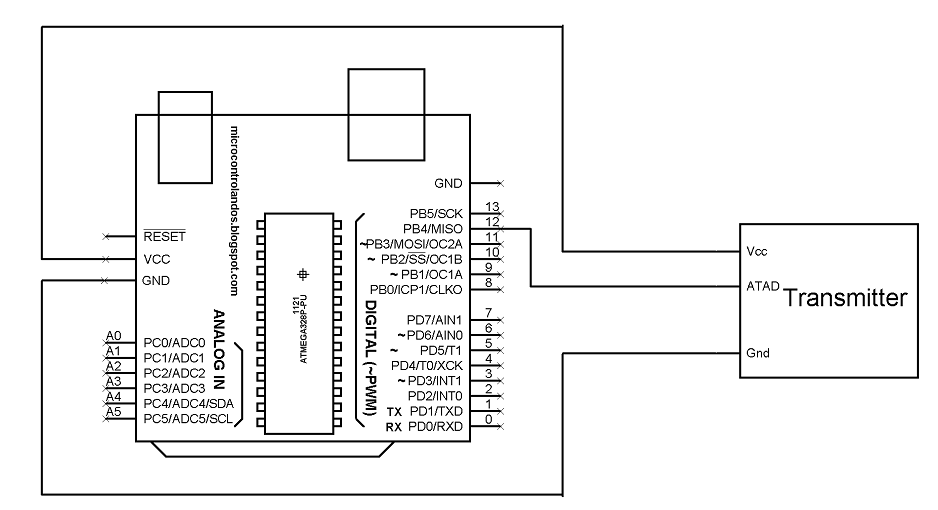
Searches files using a subset of the options available on the Find in Files.īegins the debug process and allows you to specify how errors are handled.ĭisplays the contents of the specified range of memory. Searches files using a subset of the options available on the Find and Replace control. The following commands take arguments or switches: Command NameĪdds an existing file to the current solution and opens it.Īdds an existing project to the current solution.Ĭreates a new alias for a complete command, complete command and arguments, or even another alias.Įvaluates and displays the given statement. If a caret is the last character on the line, it's ignored. For example: >Edit.Find ^^t /regexĪ caret functions the same whether it is inside or outside quotation marks.

This can be used to embed straight quotation marks ("), spaces, leading slashes, carets, or any other literal characters in a parameter or switch value, with the exception of switch names. The escape character means that the character immediately following it is interpreted literally rather than as a control character. The escape character for Visual Studio commands is a caret (^). For command keyboard shortcuts, see Default keyboard shortcuts in Visual Studio. For a list of command aliases, see Command aliases. For example, you can type either File.NewFile or Fichier.NouveauFichier in the French IDE to execute the same command. In localized versions of the IDE, command names can be entered either in the native language of the IDE or in English. You can find a complete list of commands and their syntax on the Keyboard page in Tools > Options > Environment.

In each case, the greater than sign ( >) indicates that a command, rather than a search or debug operation, follows.

You can enter Visual Studio commands in the Command window, Immediate window, or Find/Command box.
Virtual wire library commands for mac#
Applies to: Visual Studio Visual Studio for Mac Visual Studio Code


 0 kommentar(er)
0 kommentar(er)
